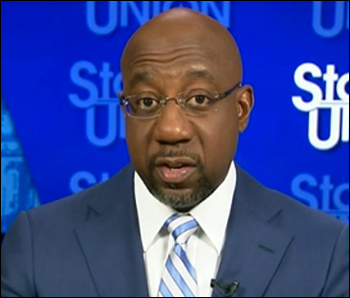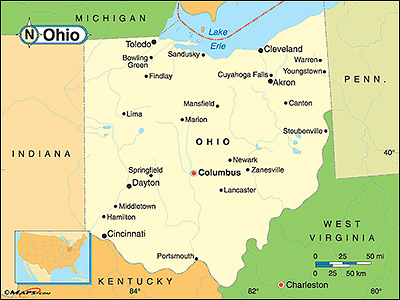By Jim Ellis
Sept. 24, 2021 — A new University of Mary Washington survey (conducted by Research America, Sept. 7-13; 1,000 total sample 528 likely Virginia gubernatorial election voters, live interview & online) finds Republican Glenn Youngkin (R) leading former Virginia Gov. Terry McAuliffe (D), 48-43 percent, but there are caveats.While virtually every poll has projected the two candidates recording support percentages in the 40s, this is the first that found the ex-governor and former Democratic National Committee chairman trailing. Two other surveys were also released yesterday, and both of them find results consistent with other pollsters that place both candidates in the 40s, but with McAuliffe holding the advantage.
KAConsulting (Sept. 17-19; 700 likely Virginia voters, live interview), polling for the Presidential Coalition, found McAuliffe topping Youngkin, 46-42 percent. Public Policy Polling (Sept. 17-18; 875 Virginia voters, interactive voice response system) derived an almost identical 45-42 percent McAuliffe ballot test result during a simultaneous time realm.
The Mary Washington study may well be an outlier. While the 48-43 percent margin comes from those describing themselves as likely voters in the Nov. 2 election, when responses from all 1,000 sampled individuals are recorded, the ballot test flips to 43-38 percent in favor of McAuliffe. It is not unusual to see differences when screening for likely voters versus the universe as a whole, but detecting a ten-point swing affecting just one candidate – you will notice McAuliffe scores 43 percent within both groups – raises methodological questions.
The poll becomes even more suspect when seeing that the candidates in the other statewide races, lieutenant governor and attorney general, produce no such GOP swing. In the lieutenant governor’s contest, Republican Winsome Sears has a 47-41 percent lead over Democrat Hala Ayala among likely voters, but the two are dead even at 38 percent support when all respondents are added to the ballot test matrix.
In the AG’s campaign among likely voters, Republican Jason Miyares holds a 46-42 percent edge over incumbent Democrat Mark Herring, but the race flips to 40-37 percent in the attorney general’s favor when all respondents are questioned.







